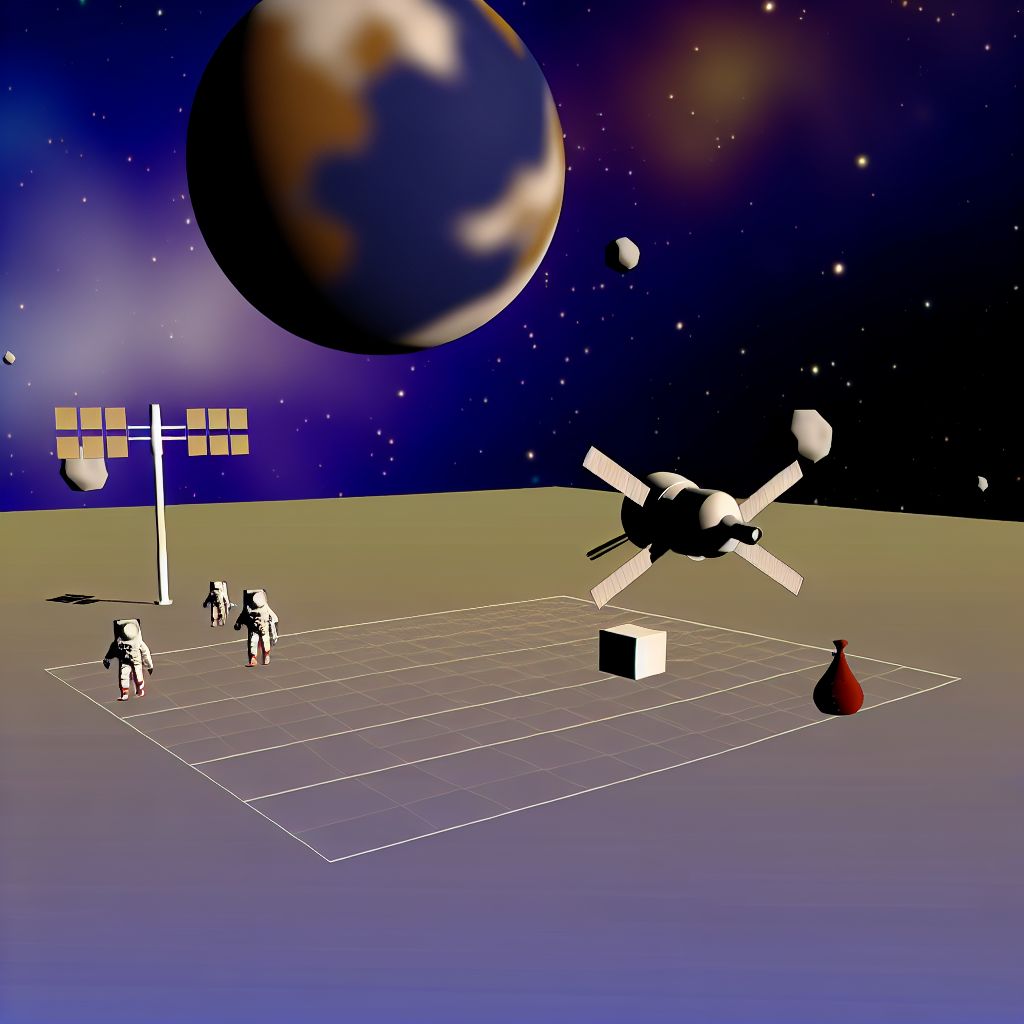Deutsch: Ankunft / Español: Llegada / Português: Chegada / Français: Arrivée / Italiano: Arrivo
Arrival in the Space industry context refers to the successful completion of a spacecraft's journey to a designated target, which could be an orbit around Earth, another planet, a moon, an asteroid, or a space station. It encompasses the phase where the spacecraft reaches its intended destination and performs any necessary maneuvers to enter orbit, dock, or land, depending on the mission's objectives. Arrival is a Critical milestone in space missions, marking the transition from transit to operational phase, where scientific Research, Exploration, or other planned activities can begin.
Description

The arrival phase of a space mission requires precise navigation and control to ensure the spacecraft reaches the correct location and achieves the desired orbit or landing trajectory. This may involve complex maneuvers, such as orbital insertion burns for entering orbit around a planet or moon, or careful alignment and approach for docking with a space station. The Technology and methods used during arrival vary widely depending on the mission's goals, the target body's gravitational field, and other environmental factors.
Application Areas
Arrival is a crucial Component across a broad Spectrum of space missions, including:
- Orbital Missions: When satellites reach their designated orbits around Earth or another Celestial body and begin operational activities.
- Interplanetary Missions: As probes arrive at other planets, moons, or asteroids, entering orbit or descending to the surface for exploration.
- Crewed Spaceflights: Including the arrival of astronauts at the International Space Station (ISS) or other future space habitats, requiring precise docking procedures.
- Sample Return Missions: Where spacecraft need to return to Earth's Vicinity and either enter orbit for retrieval or directly re-enter Earth's Atmosphere for landing.
Well-Known Examples
- Mars Rovers (e.g., Curiosity, Perseverance): The arrival at Mars involves atmospheric entry, descent, and landing maneuvers to safely reach the surface.
- OSIRIS-REx: Its arrival at the asteroid Bennu involved entering a stable orbit around the asteroid before beginning its Survey and sample collection operations.
- Crew Dragon Missions to the ISS: Arrival includes approaching the ISS and autonomously docking with the station, allowing astronauts to join the ISS crew.
Treatment and Risks
The arrival phase of a space mission is fraught with challenges and risks, necessitating rigorous planning, Simulation, and testing. Key considerations include:
- Navigation Accuracy: Ensuring the spacecraft arrives at the correct location with precise timing.
- Maneuver Execution: Performing arrival maneuvers accurately, often autonomously, to achieve the desired orbit or landing.
- Environmental Factors: Accounting for the target body's atmosphere (if any), gravitational field, and other environmental conditions that could affect the arrival.
Similar Terms or Synonyms
- Spacecraft docking
- Orbital insertion
- Space mission landing
Weblinks
- travel-glossary.com: 'Arrival' in the travel-glossary.com
Articles with 'Arrival' in the title
- Standard Terminal Arrival Route: A Standard Terminal Arrival Route (Star) is a published instrument Flight procedure used by pilots to navigate from the en route phase of a flight to the arrival phase for landing at an Airport
Summary
In the space industry, arrival marks the successful completion of a spacecraft's journey to its destination, a critical phase that sets the stage for the mission's primary objectives. Whether it involves orbiting, docking, or landing, the arrival phase is a testament to the Precision and reliability of modern space travel and exploration efforts.
--
Related Articles to the term 'Arrival' | |
| 'Deep Space Mission' | ■■■■■■■■ |
| Deep Space Mission in the space industry context refers to any space mission that goes beyond Earth's . . . Read More | |
| 'Orion' | ■■■■■■■■ |
| Orion is a spacecraft developed by NASA for the purpose of human deep Space Exploration. It is designed . . . Read More | |
| 'In-situ' | ■■■■■■■■ |
| In the space industry context, in-situ refers to the observation, analysis, or utilization of materials . . . Read More | |
| 'Take-off' | ■■■■■■■ |
| Take-off in the space industry context refers to the initial phase of a spacecraft's Launch, where the . . . Read More | |
| 'Satellite deployment' | ■■■■■■■ |
| Satellite deployment in the space industry context refers to the process of placing a satellite into . . . Read More | |
| 'Vesta' | ■■■■■■■ |
| Vesta in the space industry context refers to one of the largest objects in the asteroid Belt between . . . Read More | |
| 'Insertion' | ■■■■■■■ |
| Insertion in the space industry context generally refers to the process of placing a spacecraft into . . . Read More | |
| 'LEO' | ■■■■■■■ |
| LEO stands for Low Earth Orbit. Low Earth Orbit refers to an Altitude range of around 100-2000 kilometers . . . Read More | |
| 'Orbiter' | ■■■■■■■ |
| Orbiter: An "orbiter" in the Aerospace context refers to a spacecraft or vehicle that is designed to . . . Read More | |
| 'SpaceX Starship' | ■■■■■■■ |
| SpaceX Starship is a fully reusable spacecraft and Launch Vehicle System developed by SpaceX, designed . . . Read More | |
